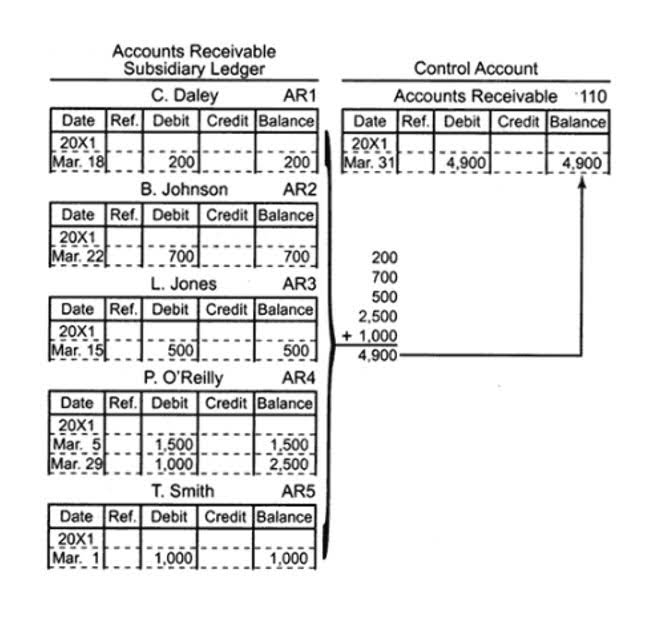
The importance of these claims cannot be overstated; they underpin the trust that investors place in financial reports. We confirm, to the best of our knowledge and belief, as of (date of auditor’s report), the following representations made to you https://www.bookstime.com/articles/best-recession-proof-business-ideas-to-start during your audit(s). Transactions recognized in the financial statements have occurred and relate to the entity. 11AS 2305, Substantive Analytical Procedures, establishes requirements on performing analytical procedures as substantive procedures. Sufficient and appropriate disclosures have been made on related transactions, events and account balances. Classification – means that assets, liabilities and equity interests are recorded in the proper accounts.
Presentation and Disclosure Assertions
This iterative process continues until the auditor obtains reasonable assurance about the assertions under consideration. Explore the critical role of management assertions in shaping financial audits and the auditor’s duty to assess their validity for accurate reporting. Presentation – this means that the descriptions and disclosures of assets and liabilities are relevant and easy to understand.
Reliance on Management Representations

Audit assertions, financial statement assertions, or management’s assertions, are the claims made by the management of the company on financial statements. The moment the financial statements are produced, the assertions or the claims of management also exist, https://www.instagram.com/bookstime_inc e.g., all items in the income statement are assured to be complete and accurate, etc. Management assertions are claims made by members of management regarding certain aspects of a business. The concept is primarily used in regard to the audit of a company’s financial statements, where the auditors rely upon a variety of assertions regarding the business. The auditors test the validity of these assertions by conducting a number of audit tests.
Inconsistency in, or Doubts about the Reliability of, Audit Evidence

This knowledge management assertions auditing informs the design and implementation of audit procedures tailored to the entity’s context. Assertions related to transactions primarily deal with the daily activities that affect the financial statements. These include assertions of occurrence, where management claims that the transactions recorded have actually taken place during the given period.
- The appropriateness of the methods, the consistency in application, the accuracy and completeness of data, and the reasonableness of significant assumptions used by the company in developing accounting estimates.
- The Ascent has a dedicated team of editors and analysts focused on personal finance, and they follow the same set of publishing standards and editorial integrity while maintaining professional separation from the analysts and editors on other Motley Fool brands.
- This is particularly important for those accruing payroll or reporting inventory levels.
- Occurrence and rights and obligations assertions relate to the disclosure of events and transactions that have occurred and pertain to the entity.
- Any inventory held by the audit entity on account of another entity has not been recognized as part of inventory of the audit entity.
- In this case, we can determine the different types of misstatements that could occur for each of the relevant audit assertions and then develop auditing procedures that are appropriate to respond to the assessed risks.
- The preparation of financial statements is the responsibility of the client’s management.
- The importance of these claims cannot be overstated; they underpin the trust that investors place in financial reports.
- For example, we examine the office supplies expense $3,500 in the general ledge recorded on 18 Jul 2019 by inspecting the supplier invoice, purchase order and receiving report.
- Auditors evaluate these assertions by inspecting physical assets, confirming balances with third parties, assessing valuation models, and analyzing liabilities to confirm their existence and valuation at the balance sheet date.
- At the end of this article, you can also see the summary of all assertions and their usages.
- Completeness – that there are no omissions and assets and liabilities that should be recorded and disclosed have been.
Unless you’re an auditor or CPA, you’ll never have to worry about testing audit assertions, and if you continue to enter financial transactions accurately, you won’t have much to worry about during the audit process. Rights and obligations assertions are used to determine that the assets, liabilities, and equity represented in the financial statements are the property of the business being audited. In other words, if your small business is being audited, the auditor may ask for proof that the cash balance of your bank account belongs to the business. As the significance of the specialist’s work and risk of material misstatement increases, the persuasiveness of the evidence the auditor should obtain for those assessments also increases. Management assertions form the bedrock upon which auditors assess the financial statements of a company.


